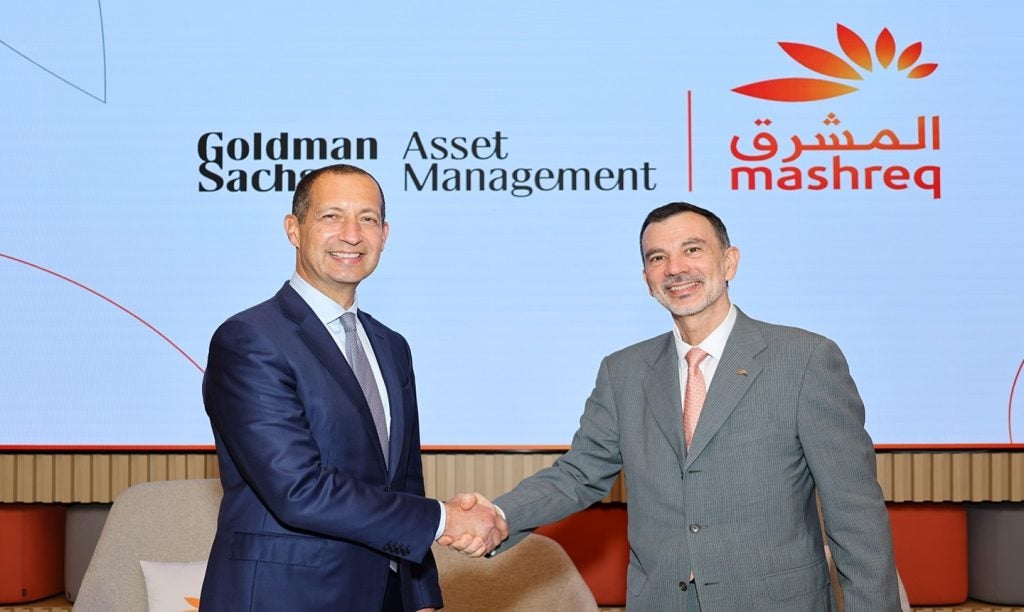
Factor allocations are expected to rise significantly over the next five years, according to the second annual Invesco Global Factor Investing Study.
The study showed an increasing demand amongst investors for fixed income and multi-asset multi-factor strategies.
The qualitative and quantitative study was conducted with 108 different global pension funds, insurers, sovereign wealth funds, financial advisers, asset consultants, private banks and intermediaries across 19 countries who in total account for over US$7trn in AUM.
It revealed an increase in both adoption of and allocations to factor products and the study said it is expected to rise over a five year horizon.
According to the research, retail investors are expecting to significantly increase factor allocations to 17% by 2022, putting portfolio allocations on an almost level playing field with institutional investors expecting to increase allocations to 18% in the next five years.
Over the past year, overall allocations have increased from 12% to 14%, amongst repeat participants.
Respondents in both institutional and retail segments globally continue to adopt factor-based strategies, allocating 17% and 6% of their portfolios to factor investing in 2017, respectively. This compares to allocations of 15% and 4% in the previous year.
North America leads factor investing
While global demand for factor investing has increased, Invesco said North America leads the adoption of factor investing in both institutional and retail segments.
North American institutions have increased their allocations in factor strategies to 19%, compared to 16% in 2016, and this is predominately driven by insurers and state pension funds.
Institutional respondents cited risk benefits as the primary reason for larger allocations, slightly ahead of potential alpha improvements, and cost also remains an important driver.
Smart beta
Within established factor strategies, the preferred product remains smart beta according to two thirds of respondents (66%), with funding coming from fundamental active strategies.
In Europe, the study noted that institutional investors are the greatest adopter of factor investing, with 19% allocating their portfolios to this strategy, compared to 17% in 2016.
Insurers and sovereign wealth funds are the biggest drivers in this region, and respondents reported a similar combination of risk-return benefits to North Americans, but with less emphasis on cost reductions.
In contrast to North America, 62% of those surveyed in Europe invest in quantitative products over smart beta products (38%).
Although Asian institutional and retail investors have the lowest allocation to factor investing, this year’s study reveals the highest rate of annual increases globally.
With the uptake in adoption of factor investing in the Asian market increasing, respondents cited the potential to improve returns as the most important driver over risk reduction.
Across investor segments, Invesco said factor investing is being driven by its growing role as a third pillar of portfolios, alongside fundamental active and passive strategies, to help mitigate challenges such as pricing and macro and geopolitical risk exposure in public asset markets, and pricing, accessibility and liquidity in alternative and real asset categories.







